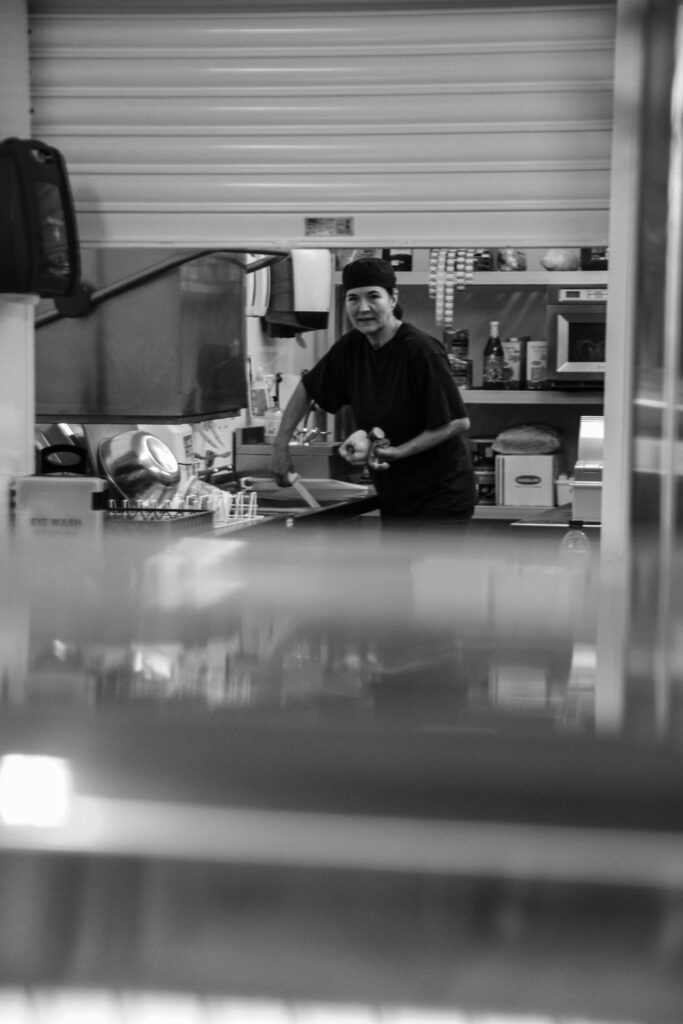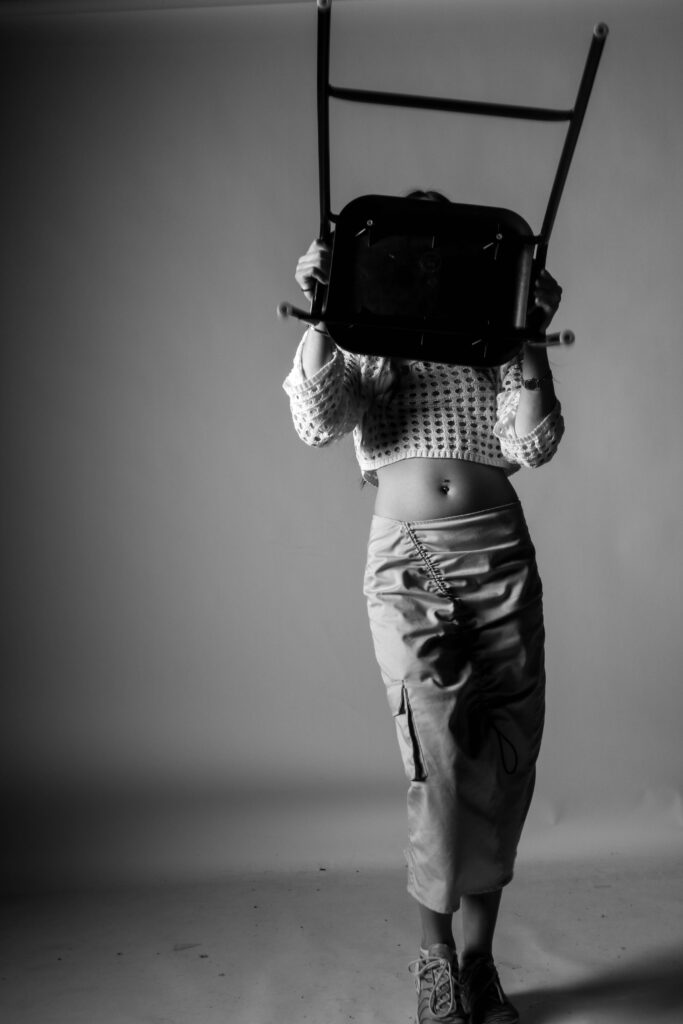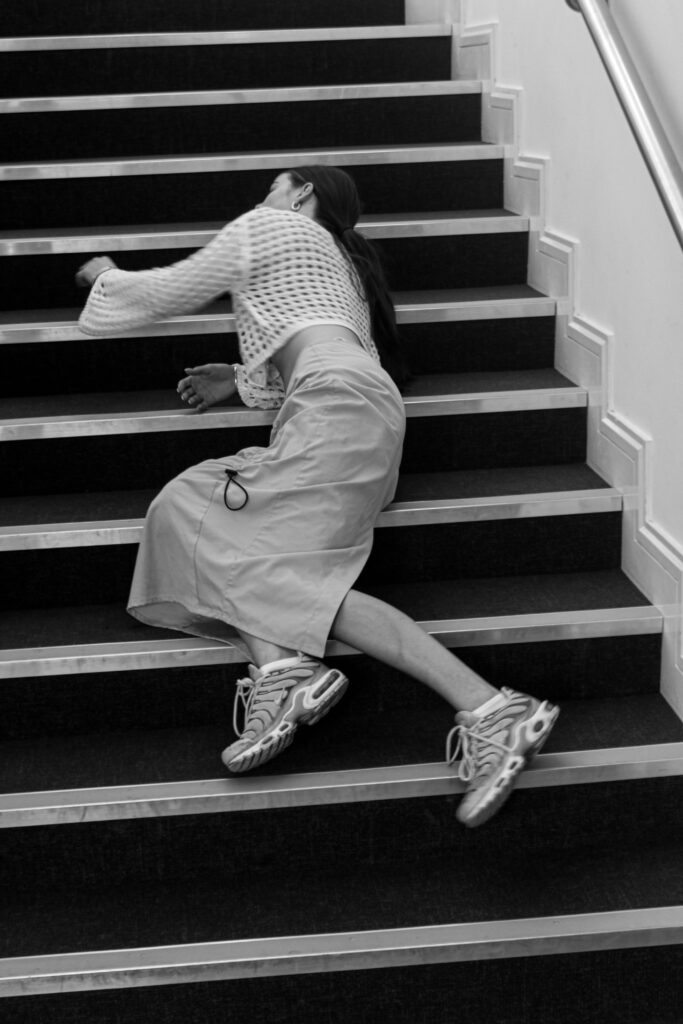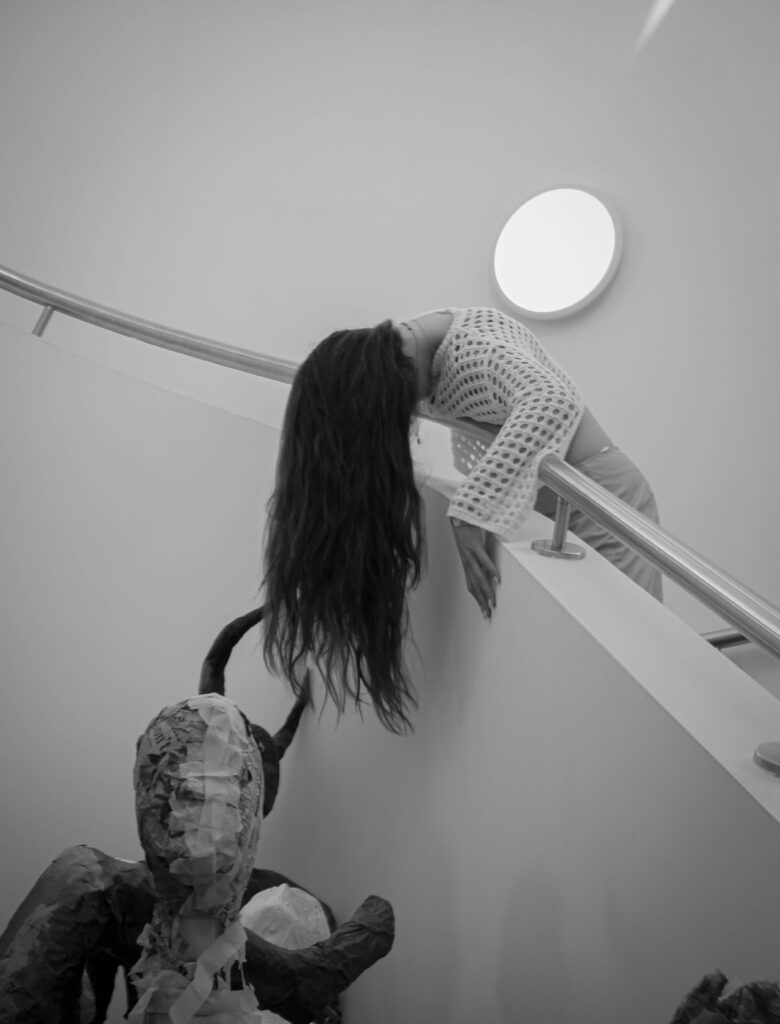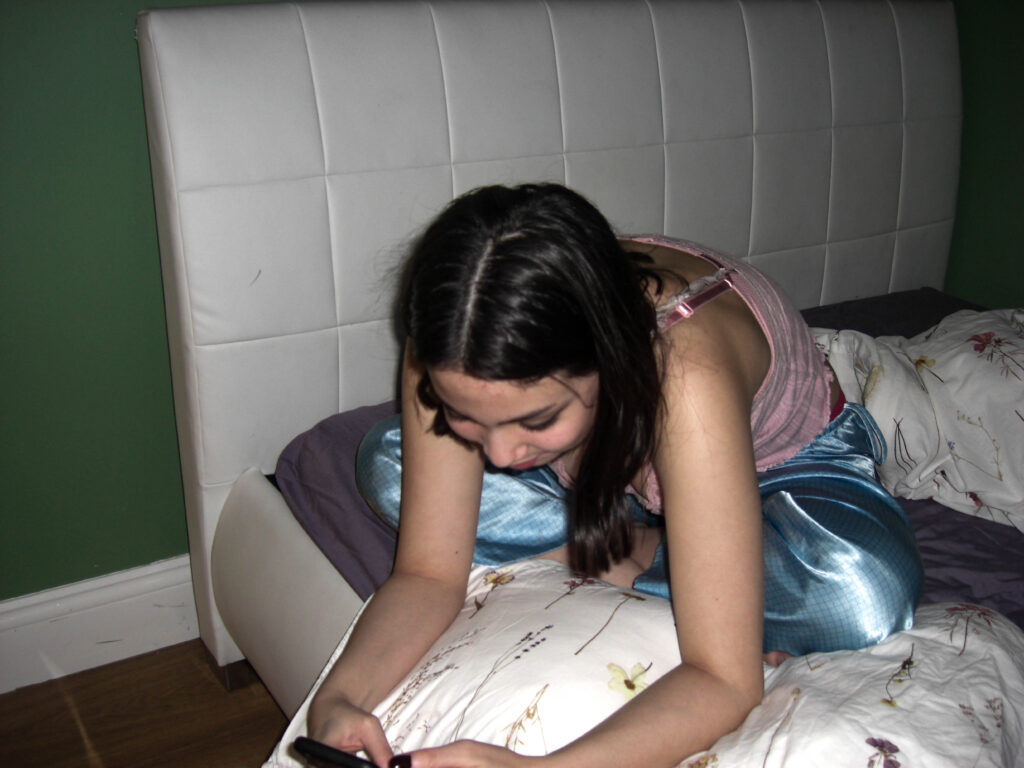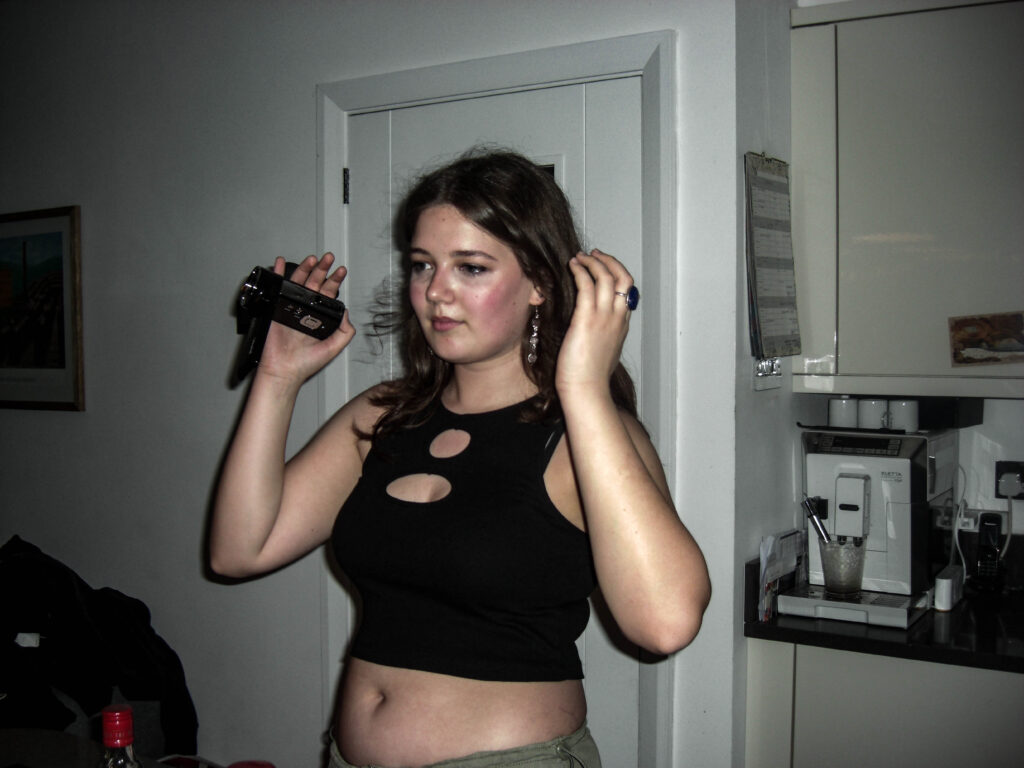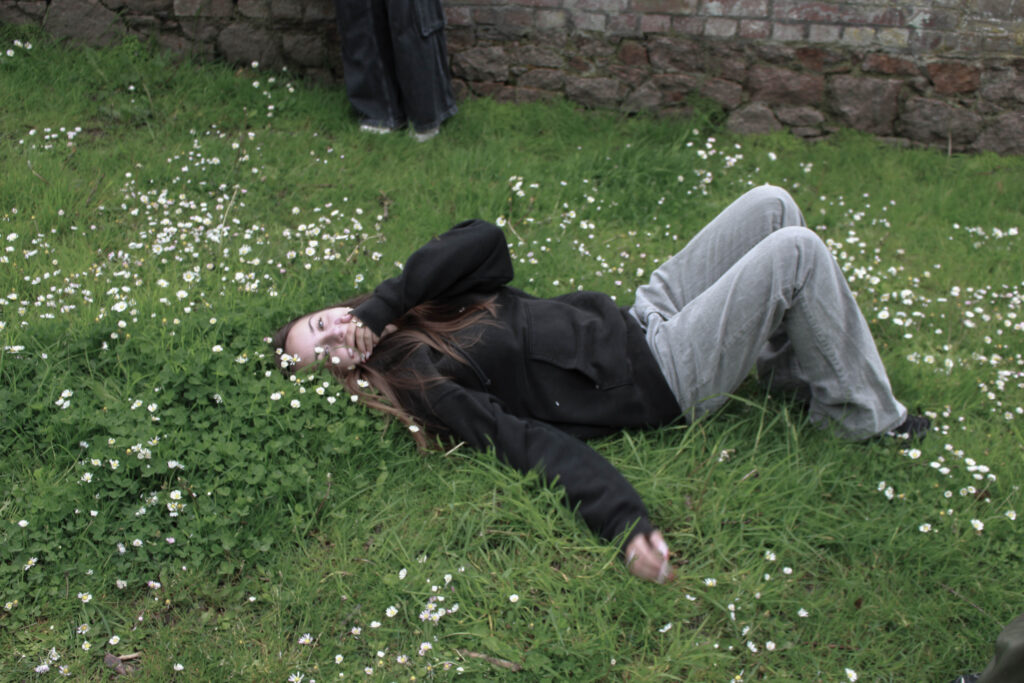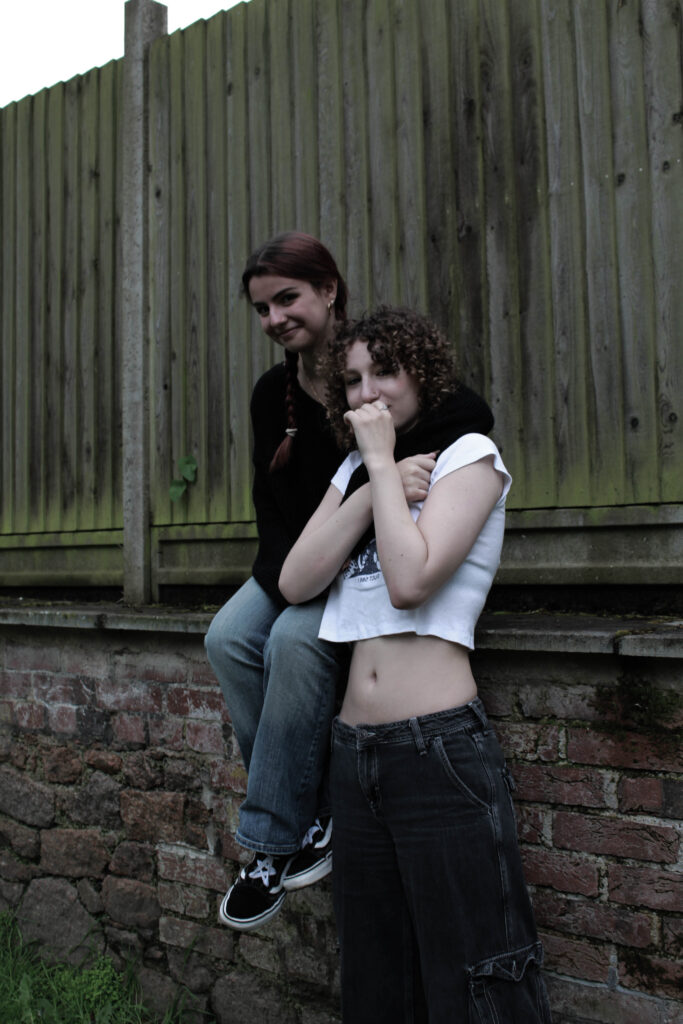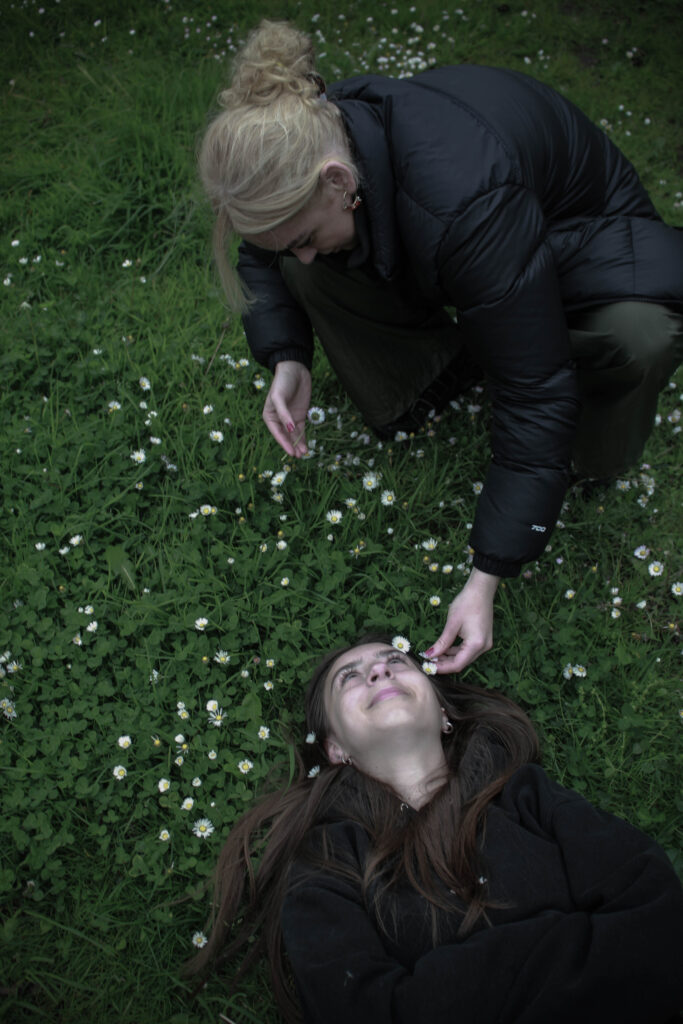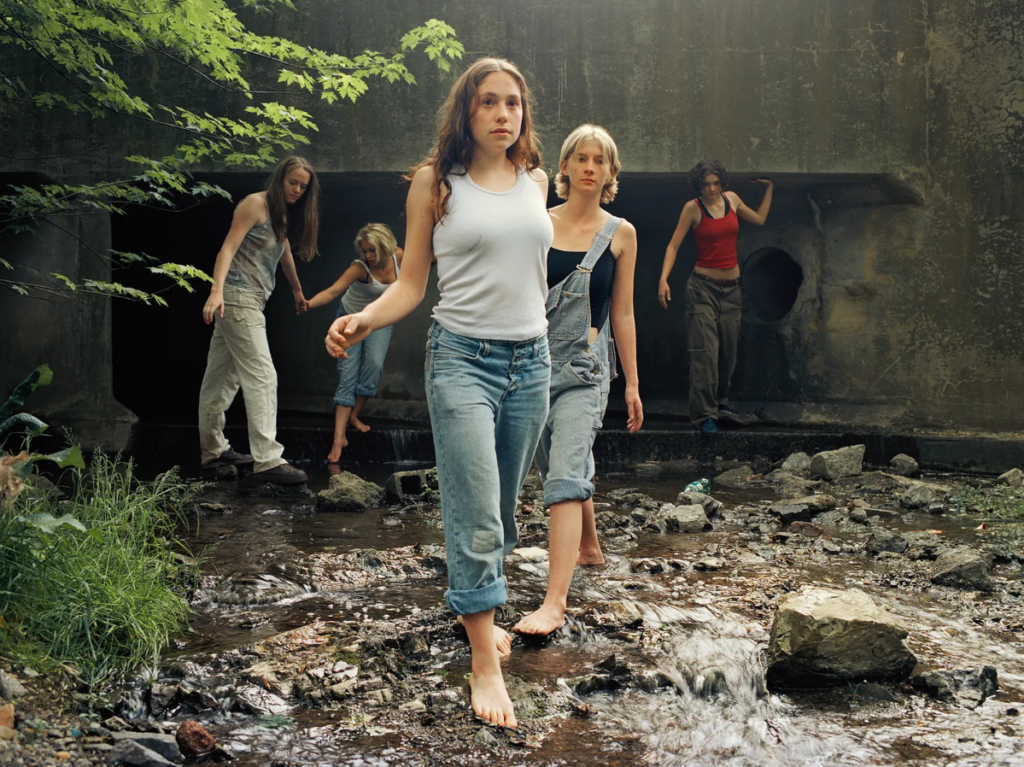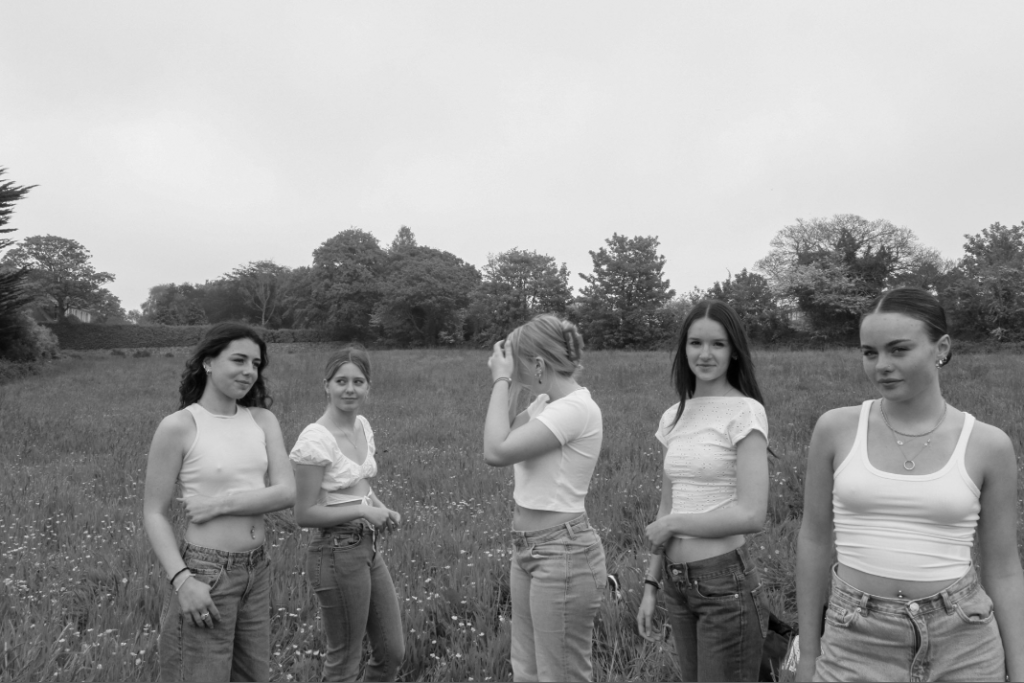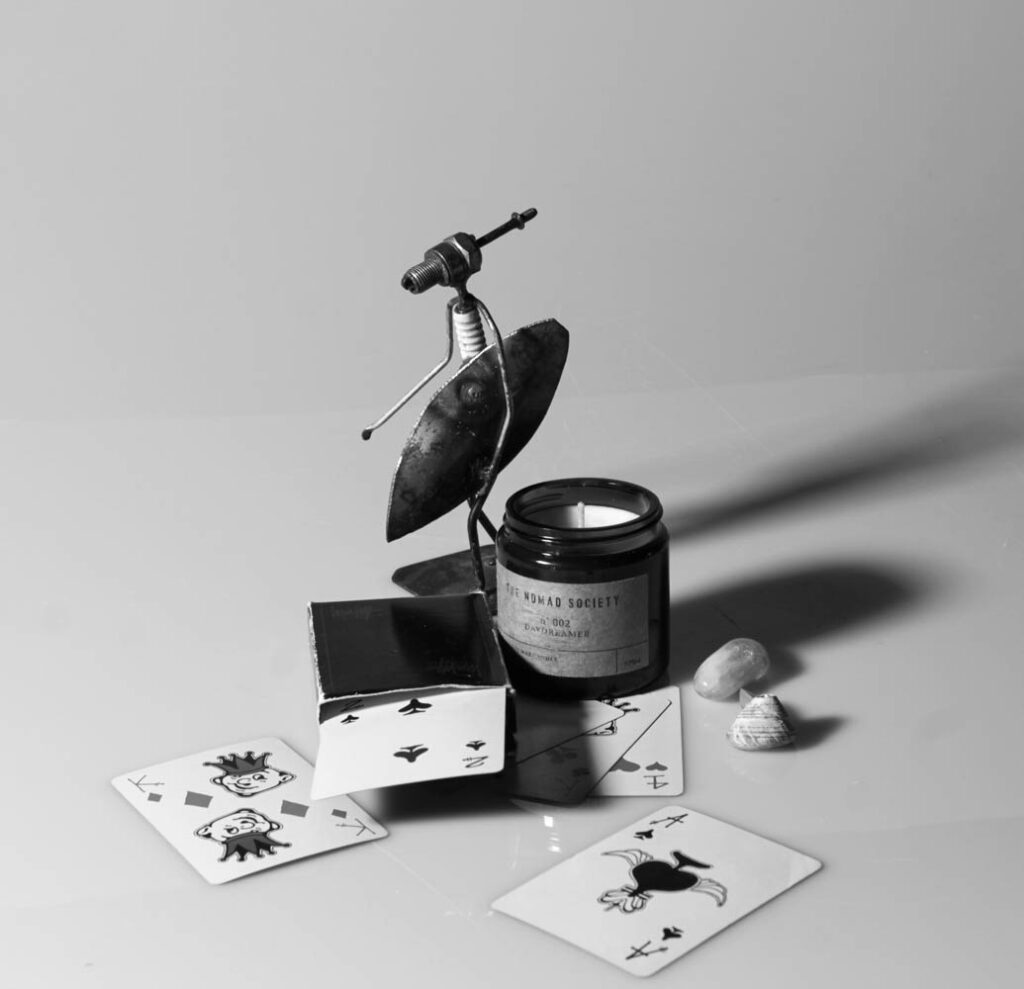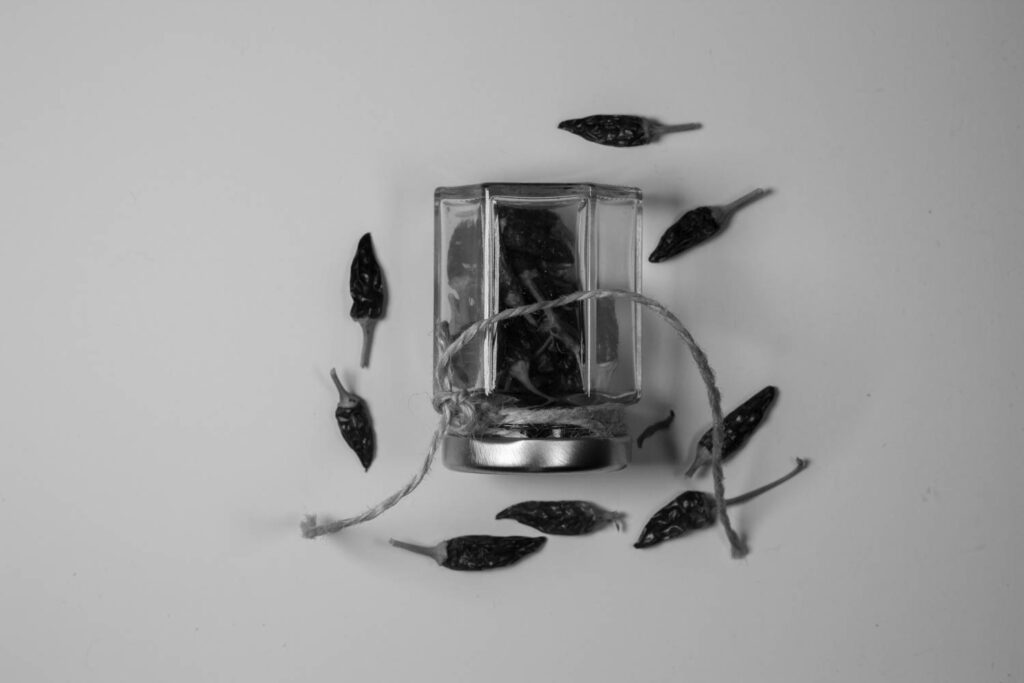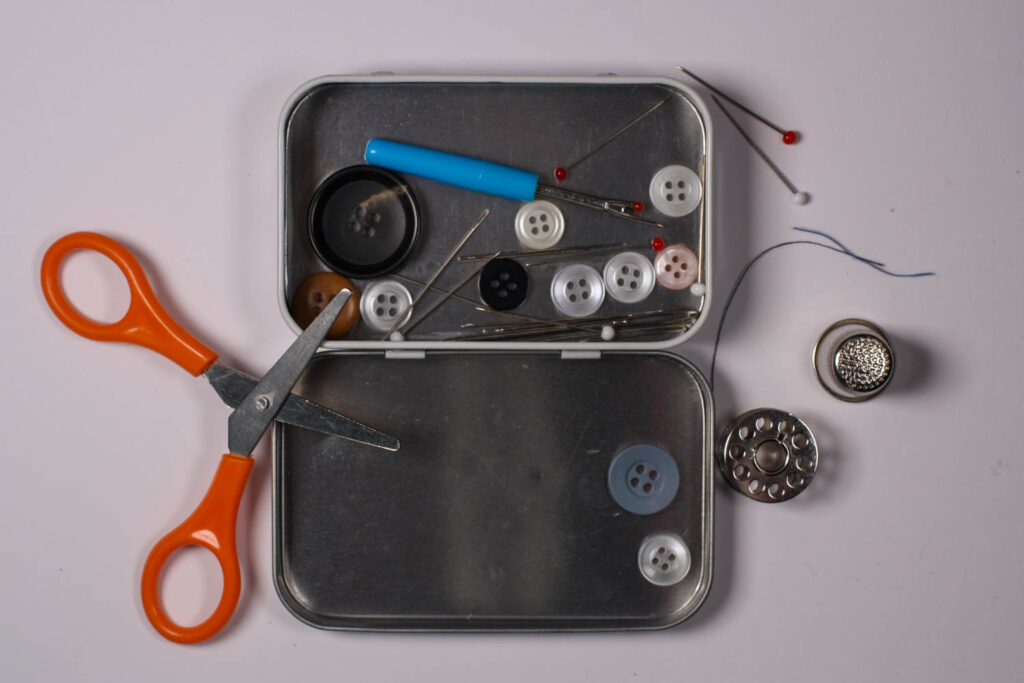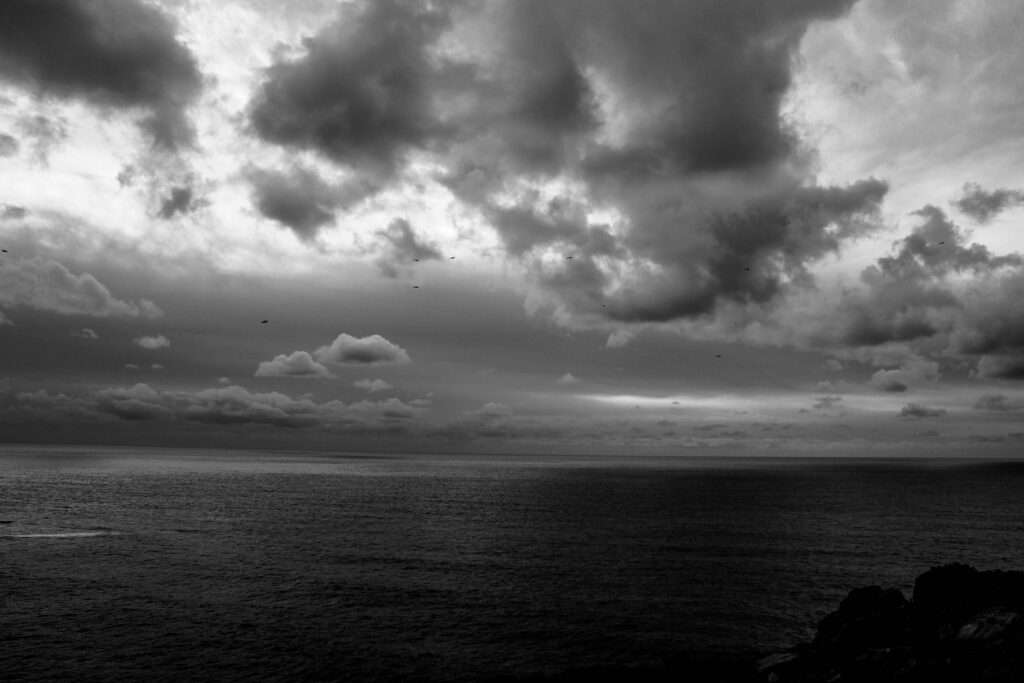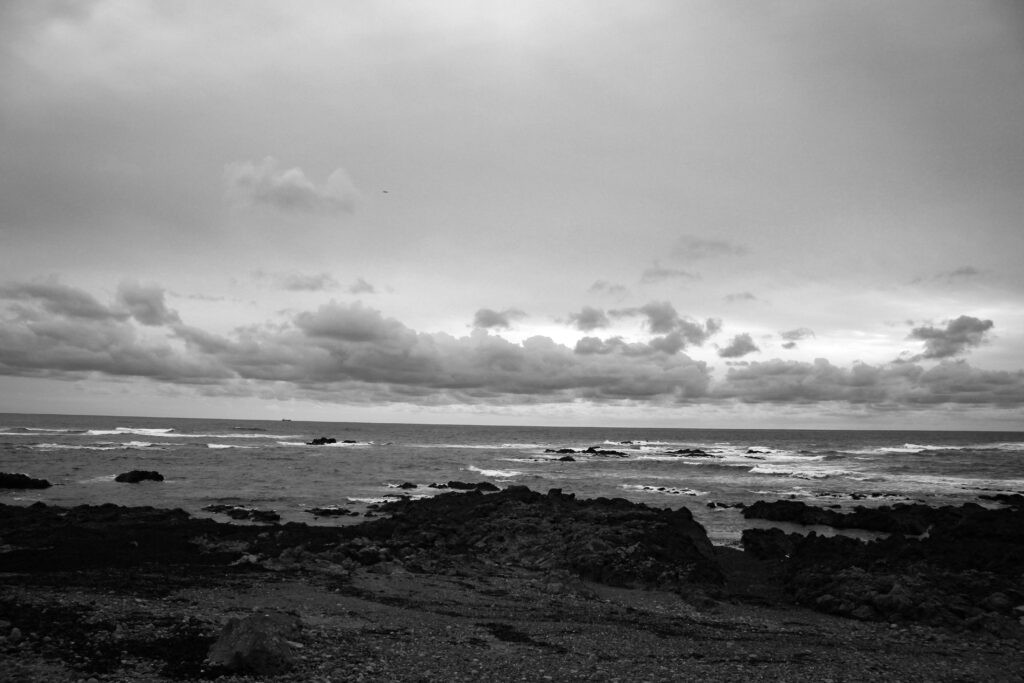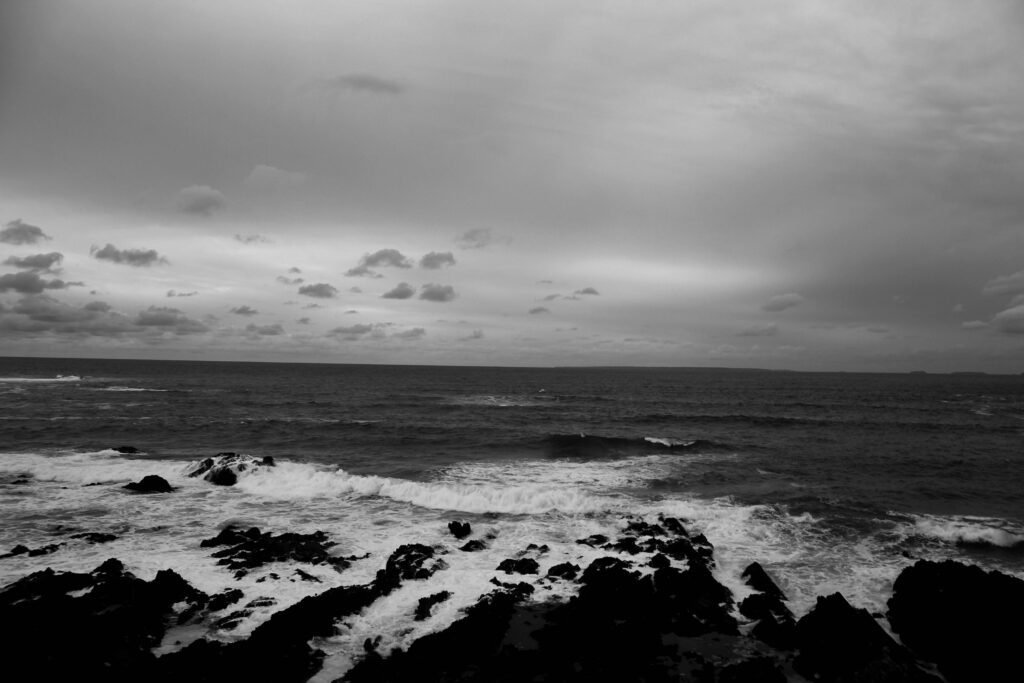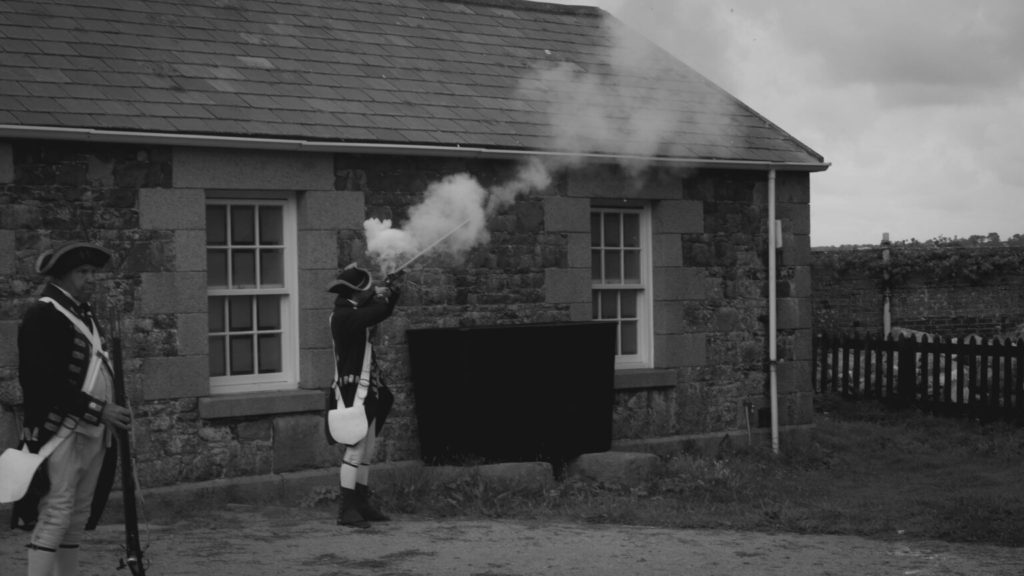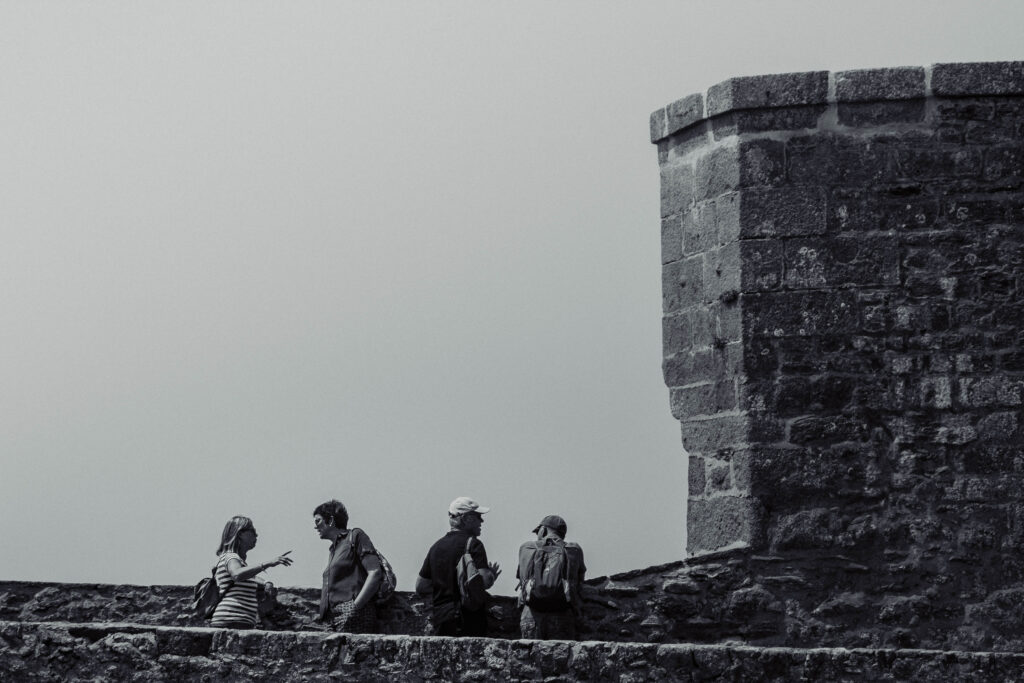This is my review of the topics I have completed throughout the year, including what I currently believe to be my best work from it. These themes have allowed me to gain experience with specific techniques that will help me when completing my personal study.
Themes
Still life
Still life photography is a genre of photography used for the depiction of inanimate subject matter, typically a small group of objects. Similar to still life painting, it is the application of photography to the still life artistic style.
Example photos:
My photos:
Romanticism
Romanticism is the artistic movement of the eighteenth and nineteenth centuries which was concerned with the expression of the individual’s feelings and emotions. Romanticism is attitudes, ideals, and feelings which are romantic rather than realistic.
Example photos:
My photos:
Urban
Urban means belonging to, or relating to, a town or city. Most of the population is an urban population. In photography, it usually relates to images of multiple buildings clustered together.
Urbanization began in ancient Mesopotamia in the Uruk Period (4300-3100 BCE). It is thought that a particularly prosperous and efficient village attracted the attention of other, less prosperous, tribes who then attached themselves to the successful settlement, thus creating an urban environment.
Example photos:
My photos:
Anthropocene
The Anthropocene Project is a multidisciplinary body of work combining fine art photography, film, virtual reality, augmented reality, and scientific research to investigate human influence on the state, dynamic, and future of the Earth.
The group was created in 2016, however, the effects of Anthropocene on the world had been going on long before that, some suspecting as early as 1610 with an unusual drop in atmospheric carbon dioxide.
Example photos:
My photos:
Environmental Portraits
Portrait photography is a very well-known and popular style of photography. The style is all about trying to capture the personality, identity, soul, and emotions of a person by utilizing the background atmosphere, poses, and lighting.
There are many types of portrait styles such as; constructionist, candid, environmental, and creative. Looking more into the environmental portrait style, it usually depicts people in their working environments or environments they are typically found in giving insight to said persons life and surroundings.
Example photos:
My photos:
Femininity vs Masculinity
Photos which aim to show femininity often do so by incorporating nature, youth or innocence while photos aiming to depict masculinity typically show a more rough, assertive side to them. Majority of femininity and masculinity ideals in photography, like nature, become the way they are due to the stereotypes they are bound to in society. For example, women are typically seen as weaker and more emotional while men are shown to be strong and somewhat apathetic.
Example photos:
My photos:
Street photography
Street photography is photography conducted for art or inquiry that features unmediated chance encounters and random incidents within public places, usually with the aim of capturing images at a decisive or poignant moment by careful framing and timing.
Example photos:
My photos:
Artists
Mary Ellen Bartley
Mary Ellen Bartley is a New York based contemporary still life photographer. Often choosing books as her subject in majority of he work, Bartley is capable of capturing varied textures and colors in her pieces.
Her photos:
My photos:
Ansel Adams
Ansel Easton Adams was an American landscape photographer and environmentalist known for his black-and-white images of the American West. He helped found Group f/64, an association of photographers advocating “pure” photography which favored sharp focus and the use of the full tonal range of a photograph.
His photos:
My photos:
Shannon O’Donnell
O’Donnell is a Jersey born photographer who’s work often consists of showing the way femininity is stereotyped and i tried to replicate this in my image.
Their photos:
My photos:
Photographic Skills
Aperture
Aperture affects the lighting in your picture. The large we make the hole in the lens, the brighter the image will be and vise versa. We can also effect the depth of field using aperture, allowing us to choose the focus point of the image.
My photos:
Lighting Portraits
Rembrandt lighting is a lighting technique used for portrait photography. It is named after Rembrandt Harmenszoon van Rijn, the great Dutch painter and refers to a way of lighting a face so that an upside-down light triangle appears under the eyes of the subject.
Butterfly lighting is a type of portrait lighting technique used primarily in a studio setting. Its name comes from the butterfly-shaped shadow that forms under the nose because the light comes from above the camera. You may also hear it called ‘paramount lighting’ or ‘glamour lighting’.
Chiaroscuro is defined as a bold contrast between light and dark. A certain amount of chiaroscuro is the effect of light modelling in painting where 3-dimensional volume is suggested by highlights and shadows. It first appeared in 15th century painting in Italy and Flanders (Holland), but true chiaroscuro developed during the 16th century, in Mannerism and in Baroque art. Dark subjects were dramatically lighted by a shaft of light from a single constricted and often unseen source was a compositional device seen in the paintings of old masters such as Caravaggio and Rembrandt.
Example photos:
My photos:
Colour lighting
I experimented with colour by using tinted sheets over my light source, causing the light to change it’s hue.
Example photos:
My photos:



















































